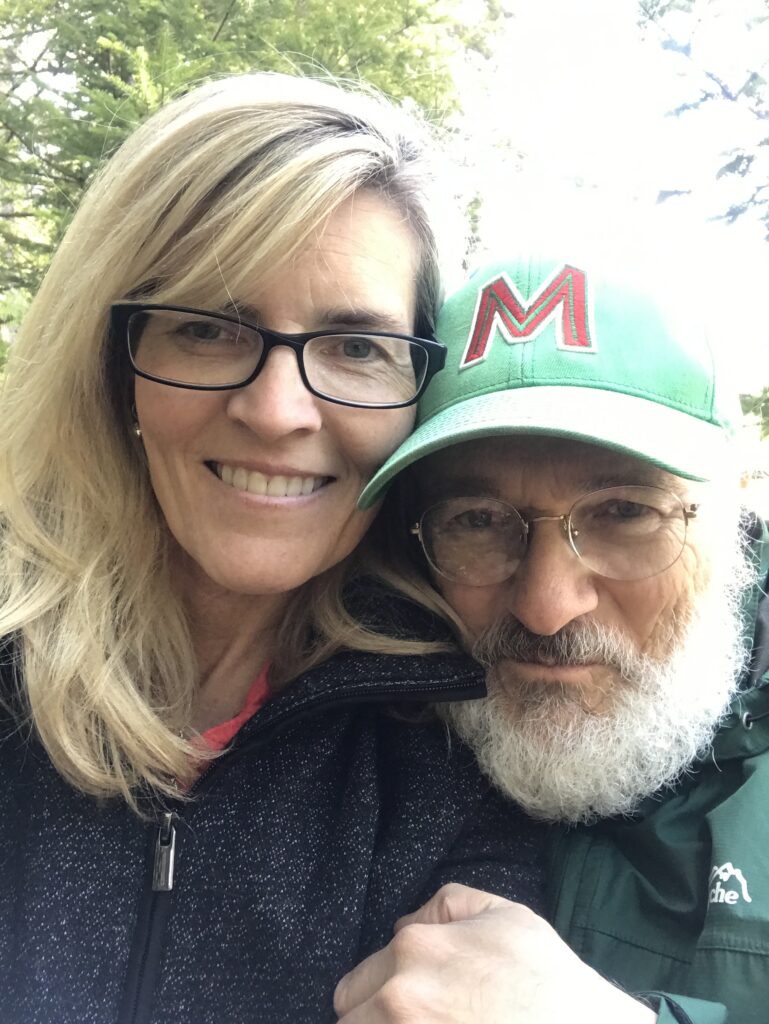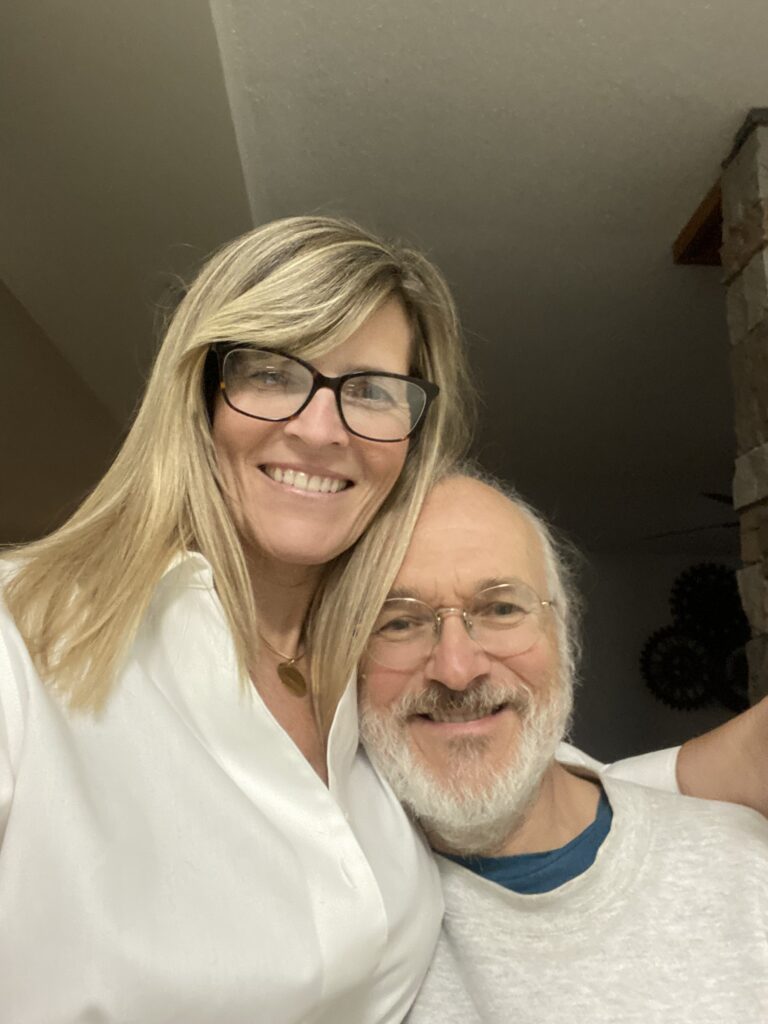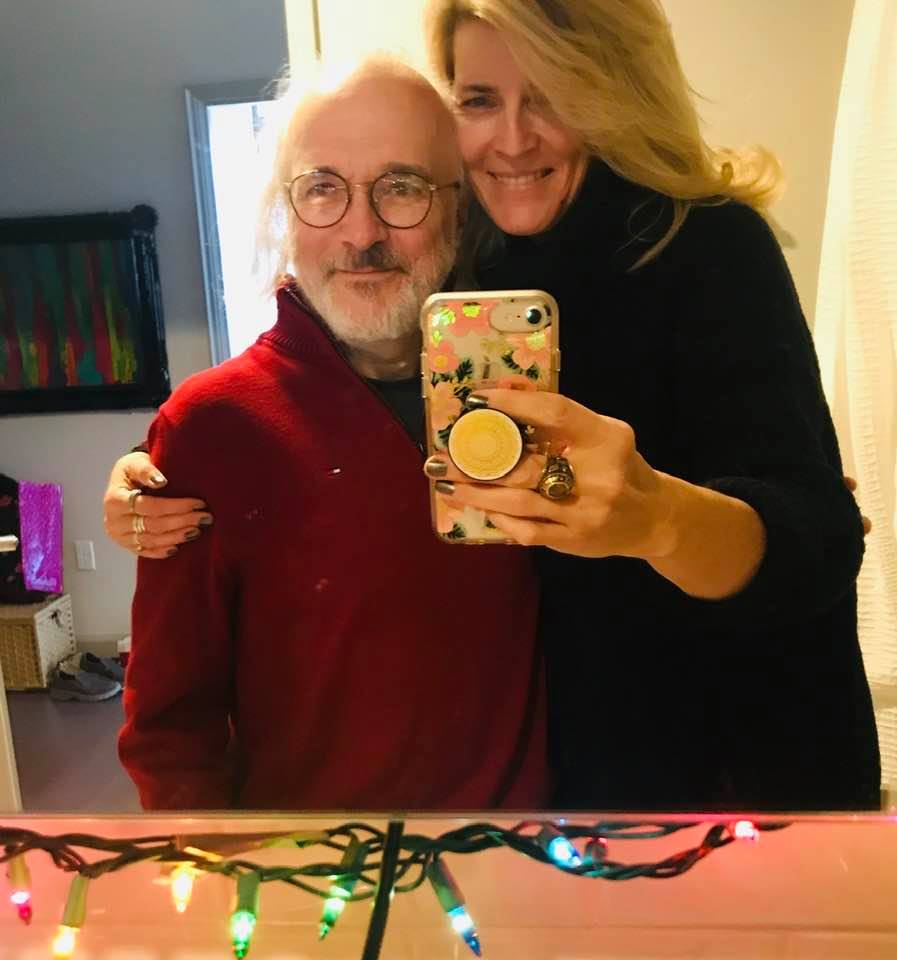AFFIRMATIVE ACTION Part 2: EQUAL OPPORTUNITY DOES NOT MEAN GUARANTEEING ‘EQUAL’ OUTCOMES
By DAN VALENTI
PLANET VALENTI News and Commentary
(FORTRESS OF SOLITUDE, THURSDAY, APRIL 3, 2014) — “Equal opportunity for all” stands as the unreachable goal in America. The goal bespeaks of the high ideals set forth by the Founding Fathers. Yes, as an aside, we may in hindsight criticize the Founders for allowing slavery to stand, but doing so fails to understand their bold actions for liberty in the times and circumstances during and in which they occurred.
“Equal opportunity for all” can never be attainted, not in this life, at any rate, for the simple reason that Utopia can never be a realistic option. We humans incorporate the strain of imperfection. As Christopher Hitchens once said to an opponent advocating the “Intelligent Design” argument for creation and the existence of God, “Some design!”
THE PLANET would add, “Some intelligence!”
The final thing to say when we speak of “equal opportunity” is that is does not mean “equal outcomes,” and that is THE PLANET’s main problem with affirmative action. It’s a good thing to give everyone who wants to run the race equal footing at the starting line. It never is a good thing to use social engineering to place selected members at the finish line ahead of faster runners, especially on something as superficial as the color of one’s skin.
With that, we continue with yesterday’s article.
The Second of Two Parts (continued from yesterday’s PLANET)
EQUAL OPPORTUNITY: A MASSIVE LIBERAL FAILURE
By TANNER COLBY
Special to PLANET VALENTI News and COMMENTARY
III.
When affirmative action was first implemented, it was not met with a broad backlash from white America. Like Nixon, the average white voter was inclined to do something “not to have the goddamn country blow up.” Then the 1970s recession hit and access to jobs felt more like a zero-sum game. It was then that white people began to use phrases like “reverse racism” and “haven’t we done enough for them already?” The parties flip-flopped. Liberals, who had once disdained racial quotas as being antithetical to true liberty and justice, embraced them for the short-term leverage they provided. Republicans, once in favor of set asides and preferences as a cheap and easy solution for appeasing blacks, now saw them as a wedge issue useful for stirring up disaffected whites. Then Ronald Reagan was elected president and started undermining racial preferences just as quickly as Richard Nixon had put them in place.

To this day, Reagan is vilified by the left as the man who crushed America’s dream of racial equality by rolling back affirmative action. But of courseReagan started rolling back affirmative action. Why wouldn’t he? Affirmative action was created by the Republican establishment to protect the Republican establishment. Once that group felt protected, once it was Morning in America and the riots had been reduced to occasional flare-ups in Liberty City and Crown Heights, affirmative action had largely fulfilled its purpose: Blacks had been pacified enough that their needs could be safely ignored. So why not start winding it down?
The problem with winding it down was that black Americans were now invested in it, had banked their hopes on it. By embracing affirmative action as a solution to economic disparity, the liberal establishment encouraged black Americans to double down on something that was never intended to close the economic gap in the first place. As a result, they were promised something that the government can’t actually deliver.
For starters, the government doesn’t actually enforce affirmative action. The Office of Federal Contract Compliance Programs is technically responsible for ensuring that America’s affirmative action policies are carried out. Every year, every company with at least 50 employees doing at least $50,000 worth of business with the government has to file an Affirmative Action Plan with the OFCCP. This report tracks every interaction that takes place between that company and minority job candidates: new hires, promotions, demotions, department transfers, etc. All of this information is diligently, exhaustively compiled. Then nobody reads it. To police affirmative action in the largest economy in the world, the OFCCP has about 600 staffers. In a good year they reviewaround 4 percent of these AAP filings. Of that, they investigate less than 1 percent.
But even if the government were keeping better tabs on affirmative action, the bigger problem is that its jurisdiction doesn’t reach the parts of the economy where affirmative action is most desperately needed: the places where real money is made and real power is allocated. The best example of this is the industry that dominates so much of our economy today: the technology sector. Silicon Valley’s racial diversity is pretty terrible, the kind of gross imbalance that inspires special reports on CNN.
It’s a dismal state of affairs, but how could it really be otherwise? Silicon Valley isn’t just an industry; it’s a social and cultural ecosystem that grew out of a very specific social and cultural setting: mostly West Coast, upper-middle-class white guys who liked to tinker with motherboards and microchips. If you were around that culture, you became a part of it. If you weren’t, you didn’t. And because of the social segregation that pervades our society, very few black people were around to be a part of it.
Some would purport to remedy this by fixing the tech industry job pipeline: more STEM graduates, more minority internships and boot camps, etc. And that will get you changes here and there, at the margins, but it doesn’t get at the real problem. The big success stories of the Internet age—Instagram, YouTube, Twitter—all came about in similar ways: A couple of people had an idea, they got together with some of their friends, built something, called some other friends who knew some other friends who had access to friends with serious money, and then the thing took off and now we’re all using it and they’re all millionaires. The process is organic, somewhat accidental, and it moves really, really fast. And by the time those companies are big enough to worry about their “diversity,” the ground-floor opportunities have already been spoken for.
A place like Silicon Valley doesn’t have an established pipeline where the government can mandate there be X number of minority applicants per year who can then be tracked up the corporate ladder each fiscal quarter. A system has to have rules in order for authorities to make sure that those rules are being applied fairly to people of color. The legal profession is very mature. It has lots of rules. Municipal labor unions have rules. Silicon Valley doesn’t have any rules. Hollywood doesn’t have any rules. Media and publishing used to have rules, sort of, but Silicon Valley is destroying those rules as we speak and doesn’t seem to be replacing them with any new ones.
Affirmative action treats workplace discrimination like a bureaucratic, process-based problem. In reality, workplace discrimination stems from a very nebulous social and cultural problem. The government claims it can regulate the racial composition of our professional lives, but too much of what we call “work” is actually rooted in the messy, socially segregated realm of our personal lives. How many affirmative action compliance officers were stationed in Steve Jobs’ garage while he and his buddy Steve Wozniak assembled the first Apple? Zero. It’s possible to track what goes on in the human resources department and in the minutes of corporate board meetings, but too much of the economic life of this country transpires in the spaces in between. Racial preferences can provide just enough jobs and material support to keep up the illusion that we’re moving toward equality, but no program can give black Americans real, sustained access to the places where the prerogatives of wealth and power are exercised. Only social and cultural integration can do that—the kind of integration Nixon opposed while he was advancing affirmative action.

Of course, at first blush, the case against workplace affirmative action would seem to make the case for collegiate affirmative action: Admit black students to majority white colleges, and maybe a black student ends up in Mark Zuckerberg’s dorm room when he starts Facebook. And to an extent that’s true. Unlike the Hobbesian state of nature that is the 21st-century job market, college admissions are a methodical, bureaucratic process where the special circumstances of minority students can be given extra weight and duly monitored for enforcement. And no matter what apoplectic conservatives say, racial diversity is no more “unfair” a standard than legacy status or geographic distribution or any of the other subjective criteria used in assembling a freshman class.
But does collegiate affirmative action, like its workplace cousin, just come too late in the game? In his memoir Reflections of an Affirmative Action Baby, Yale Law professor Stephen Carter—who describes himself as both a beneficiary and a victim of racial preferences—makes a sound argument. Because of the thorny politics and stigmas that inevitably come with race-conscious remedies, those remedies should start aggressively at a very young age and then, for everyone’s good, taper off over time. If a 5-year-old from a disadvantaged background is given a leg-up to get into a good elementary school, that is not likely to be a stigma he will carry around as an adult—and you really have to try hard to begrudge helping out a 5-year-old. By contrast, for the thirtysomething black professional forced to walk in the door with whispers of “diversity hire” trailing her down the hallway, affirmative action can be a real problem. It serves as a diminishment of her talent and hard work. As much as affirmative action might help her get a foot in the door, it becomes a burden she has to carry from that day forward.
Starting young would also likely increase the effectiveness of affirmative action. Thanks to structural inequality in access to resources, the statistical gaps between black and white Americans start the day we’re born, with disparities in birth outcomes and infant mortality rates. Those gaps get wider with each passing year, as privileged kids get greater access to pre-K and extra tutoring until, come college application time, the gaps have become chasms. You’ve got a legion of helicopter-parented white kids, their resumes crammed full with every AP course and extracurricular whatnot under the sun—up against black students from working- and low-income backgrounds whose resumes are more likely to show a lot of unrealized potential, because AP physics and summer language camps in Vermont simply weren’t available to them. We’re asking a hell of a lot of college admissions officers if we expect them to close that gap with nothing more than a weighted point system for processing applications. In the end, most colleges end up cherry-picking the black kids with the best SAT scores in order to show their “commitment to diversity,” while the real problems of inequality go unaddressed. That hardly seems like a solution.
Affirmative action becomes more contentious, more stigmatizing, harder to enforce, and less effective the older its purported beneficiaries are. Which means we’re investing a lot of time and energy at the end of the pipeline that should be invested at the front of the pipeline. You integrate the workplace by integrating the high school cafeteria. Or, better yet, the elementary school playground. Racial preferences in college admissions may be better than racial preferences at the office, but that’s not saying much. Affirmative action remains exactly what Richard Nixon said it was. It’s a holding action, and a pretty hopeless one at that.
“Girl, I want to be with you all of the time, all day and all of the night.” — The Kinks, 1964.
“OPEN THE WINDOW, AUNT MILLIE.”
LOVE TO ALL.
FINISH















That’s excellent coverage by the guest writer on the matter of racial integration. I was just discussing the matter with a client yesterday. There’s a lot of advantages for whites and disadvantages for people of color. It makes me wonder how many of the 7% African Americans in our community are qualified for city positions. I imagine most qualified people are most likly working already and smart enough to not do business with the city of Pittsfield. Well someone asked so now the city has to deliver. My only question is if the grant money was given to the African American woman who inquired would her original observations be the same? It’s true affirmative action taints our impressions of legitimately qualified African Americans.
SCOTT
Thanks. Given the current effort at reviving affirmative action in Pittsfield, citizens and representatives alike need to understand the convincing evidence that it not only does not work but actually increases the social ill it claims to prevent.
I don’t agree with Rush all the time on every issue but he made a valid point yesterday in regards to the collective promising heaven but delivering hell. This is an example of that flawed idealology. What you end up with is excess paperwork that wastes tax payers money for the sake of political correctness, bitterness and divide between whites and minorities. Even our current president has no idea what it’s like to be a minority as he was raised like white middle class and went to an Ivy League school.